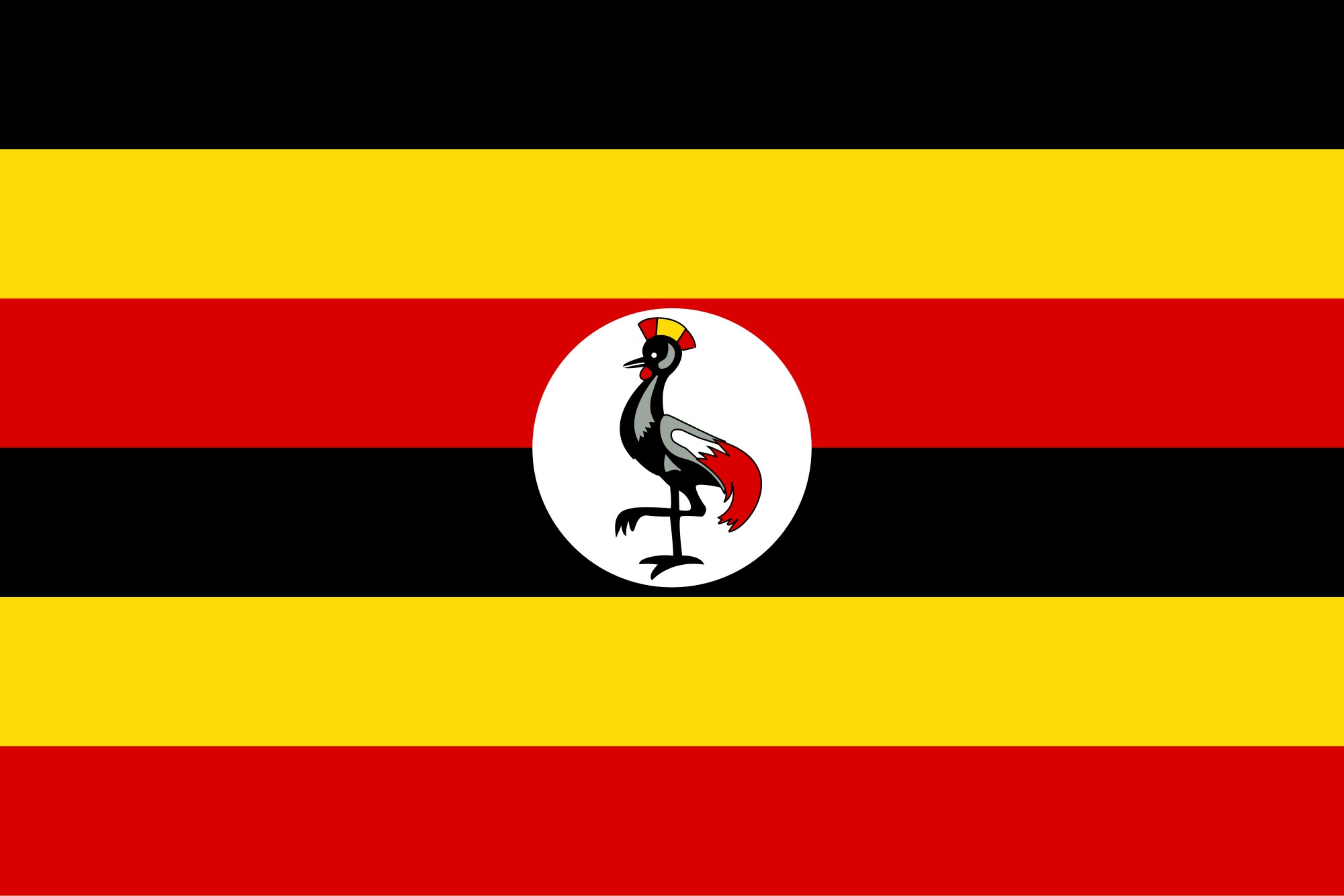Regional and National Identity Case Studies
Regional and National Identity
What is Regional Identity?
Regional Identity is the way in which a particular area of a country is defined by the accent, dialect, dress and customs of its inhabitants.
An example of Regional Identity
'EastEnders' (1985 - present) is a British Soap Opera based in the fictional London Borough of Walford in the East End of London.
Settings in EastEnders include The Queen Victoria, The R&R (nightclub), A community centre, A cafe and The Albert (cocktail bar). These are all in the environment of Albert Square.
We can immediately see from the soap's title screen that the regional identity of the show is set in London as we can see the River Thames flowing through East London. Additionally, the Olympic Stadium which is in Stratford, East London is also present under the 'B' from the 'BBC' logo,
Another way that EastEnders is recognised by its regional identity is through the train station which in the Drama is called 'Walford East Station'.
By immediately noticing the logo, viewers can easily recognise that the setting of EastEnders is in Greater London. This is because in reality, similar logos are used in and around London train stations, for example; Bond Street train station.
What is National Identity?
National Identity is the representation of a country as a whole, encompassing its culture, traditions, language and politics. This includes the characteristics of the country that are clearly definable to other nations.
An example of National Identity:
The Ugandan flag is an example of National Identity, as the image of the bird and the six horizontal colours on the flag are representatives of the country in their own way. The flag was adopted by the country on the 9th October 1962 to show that the country is independent from the United Kingdom. Uganda is a commonwealth country.
The colour 'Red' on the flag symbolizes the African Brotherhood within the country. 'Yellow' represents the sun, as the country's climate is mainly a hot, warm and humid climate yearly and the colour 'Black' represents the people of Uganda.



Comments
Post a Comment